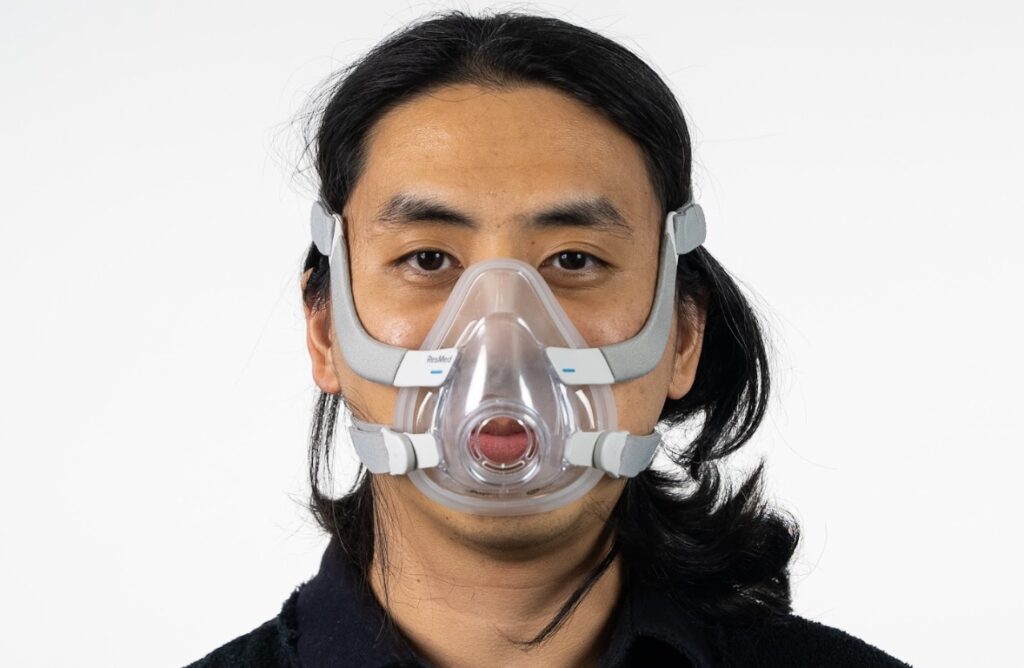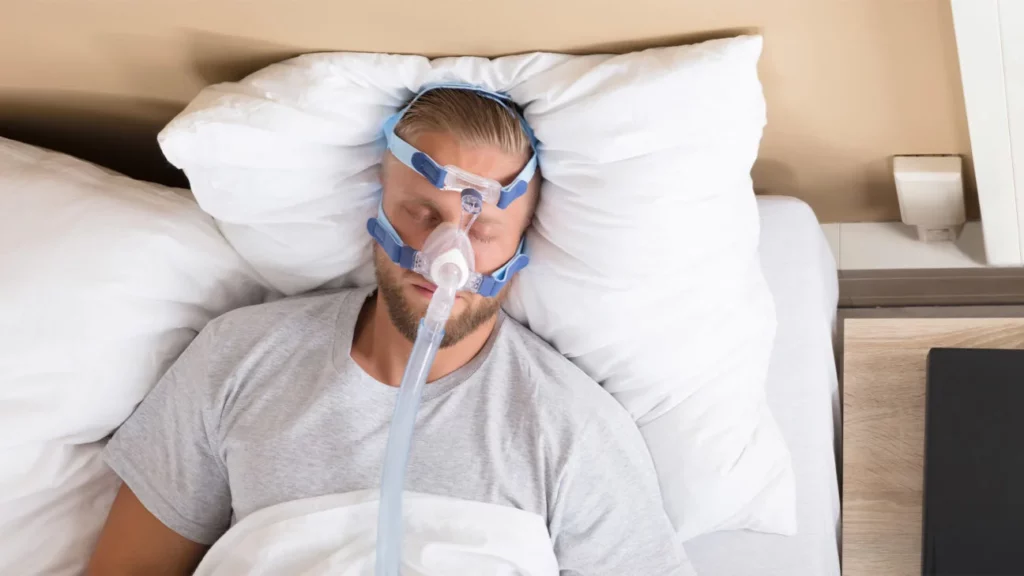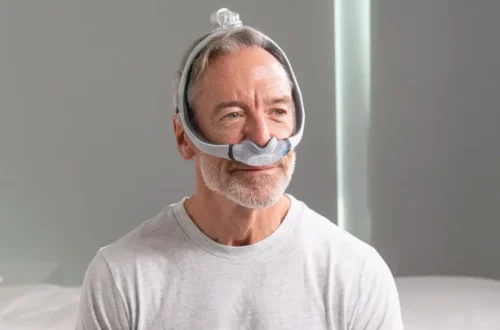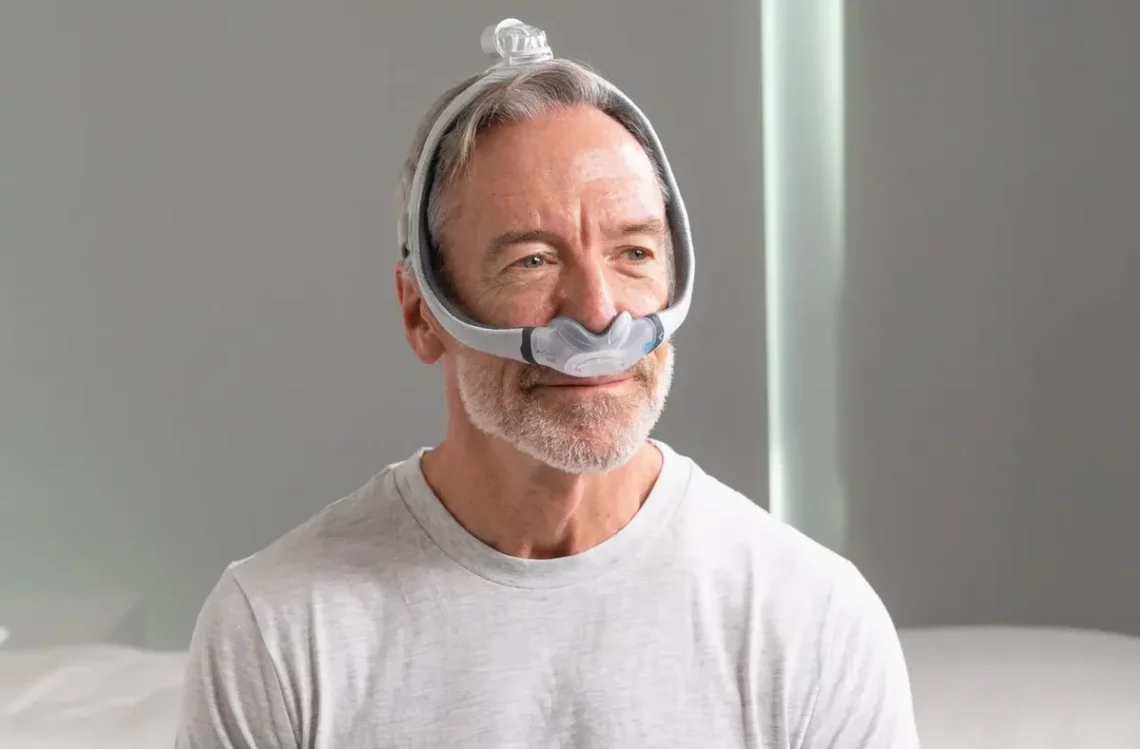Best CPAP Machine
-
The Changing Laws of Medical Marijuana: What Patients Need to Know in 2025
Only a decade ago, medical marijuana existed at the edge of mainstream medicine. Many patients were curious, but access was limited, stigma was strong, and legal protections were inconsistent. Today, the landscape looks dramatically different. Research has expanded, healthcare professionals are more open to discussing cannabis-based treatment, and governments worldwide continue updating laws to address demand, safety, and regulation.
Heading into 2025, patients are asking new questions:
Is medical marijuana easier to access? What rules have changed? Are there new protections or restrictions? And what should first-time patients expect legally and medically?This article breaks down what individuals need to know — clearly, responsibly, and without hype — so they can navigate medical marijuana laws with confidence.
What Is Medical Marijuana?
Medical marijuana refers to cannabis products prescribed or recommended by a licensed healthcare provider to treat qualifying medical conditions. These products may contain:
- THC (tetrahydrocannabinol): associated with pain relief and psychoactive effects
- CBD (cannabidiol): non-intoxicating with anti-inflammatory and calming properties
- Terpene and cannabinoid blends: customized for specific medical goals
Unlike recreational cannabis, medical marijuana operates within regulated healthcare frameworks, requiring medical assessments, documentation, and legally approved purchase channels.
How Medical Marijuana Works in the Body
Medical cannabis interacts with the endocannabinoid system (ECS) — a biological network responsible for regulating pain, appetite, sleep, immune response, and emotional balance.
THC binds directly to cannabinoid receptors, influencing pain perception and neurological signaling. CBD works more indirectly, moderating inflammation, stress response, and neurotransmitter activity.
This interaction explains why cannabis may help patients who haven’t responded well to conventional medication — but it also clarifies why proper dosing and medical supervision matter.
Benefits of Medical Marijuana Supported by Research
Emerging research and patient reports suggest several therapeutic benefits:
✅ Chronic Pain Management
Studies indicate cannabis may reduce nerve and inflammatory pain, offering an alternative to long-term opioid therapy.
✅ Mental Health Support
Some patients report improvements in anxiety, PTSD symptoms, and sleep disorders when medically monitored.
✅ Cancer Treatment Symptom Relief
Medical marijuana may help ease nausea, appetite loss, and treatment-related discomfort.
✅ Neurological Conditions
CBD-based medications have shown effectiveness in certain epilepsy disorders.
✅ Inflammatory and Autoimmune Conditions
Cannabinoids may support symptom reduction in arthritis, Crohn’s disease, and multiple sclerosis.
However, benefits vary based on diagnosis, genetics, tolerance, delivery method, and medical oversight — meaning results are not universal.
Risks, Side Effects & Limitations
Despite increasing acceptance, medical marijuana is not risk-free.
Possible side effects include:
- Dizziness or fatigue
- Impaired short-term memory
- Dry mouth
- Increased heart rate
- Anxiety or paranoia
- Cognitive impairment when overused
Long-term health effects remain under study. Adolescents, pregnant individuals, people with unstable heart conditions, or those with psychotic disorders may face increased risks.
Patients should never begin medical marijuana treatment without licensed medical guidance — especially if they take prescription medications.
Who Qualifies for Medical Marijuana?
Eligibility laws vary, but some commonly recognized qualifying conditions include:
- Chronic or severe pain
- Cancer or chemotherapy symptoms
- Multiple sclerosis
- Epilepsy
- HIV/AIDS-related symptoms
- PTSD and anxiety disorders
- Neuropathy
- Glaucoma
- Parkinson’s disease
- Terminal illnesses
Approval typically requires documented symptoms, medical records, and physician evaluation. Self-diagnosis does not qualify.
The Evolving Legal Landscape in 2025
Medical marijuana laws continue shifting globally. Several notable trends define 2025:
1. More Countries & States Legalizing Medical Use
Public demand and research-backed results have influenced policymakers to expand access, especially for chronic and neurological conditions.
2. Standardized Patient Registries
Governments now require secure digital patient databases to prevent misuse, fraud, and duplicate prescriptions.
3. Stronger Product Regulation
More lawmakers mandate lab testing for:
- Pesticides
- Potency
- Contaminants
- Accurate labeling
This increases patient safety and transparency.

4. Workplace Policies Under Revision
Employers increasingly distinguish between recreational and medically authorized cannabis use — though protections still vary widely.
5. Expanded Telehealth Evaluations
Virtual medical cannabis consultations are becoming more accepted, especially for patients with mobility limitations.
6. Research-Driven Legal Revisions
Several regions now require lawmakers to consider updated clinical evidence before renewing or modifying cannabis policy.
These shifts demonstrate an effort to balance patient access with safety, accountability, and public health concerns.
Eligibility Process & Medical Evaluation in 2025
While specific processes differ, most systems follow a similar pathway:
- Confirm your diagnosis through medical records
- Schedule an appointment with a licensed cannabis physician
- Discuss symptoms, treatment history, and goals
- Receive written certification or authorization if eligible
- Register in a government-approved patient system
- Purchase from licensed dispensaries or pharmacies
Patients may need annual renewal, updated medical documentation, or follow-up visits to maintain legal access.
Legal Considerations Patients Should Understand
Regardless of location, patients should confirm:
- Age restrictions
- Purchase limits
- Possession rules
- Driving impairment laws
- Public consumption policies
- Travel restrictions — especially across borders
- Workplace screening policies
- Renewal requirements
Ignorance of the law does not protect patients from penalties — staying informed matters.
Different Forms and Methods of Use
Patients may be prescribed or recommended:
- Oils and tinctures
- Capsules or tablets
- Edibles
- Vaporized products
- Topicals or creams
- Sprays
- Flower (in regulated jurisdictions)
Each delivery method affects absorption rate, duration, and symptom relief — meaning medical guidance is crucial.
When Medical Marijuana May NOT Be Recommended
A healthcare provider may advise against cannabis if a patient:
- Has a history of psychosis or schizophrenia
- Is pregnant or breastfeeding
- Uses medications with harmful interactions
- Has severe heart disease
- Abuses substances or alcohol
- Is unwilling to follow dosing and monitoring guidelines
Medical marijuana should never replace emergency care, prescribed medication, or mental health treatment without professional oversight.
Final Thoughts: Staying Informed and Protected in 2025
Medical marijuana laws are maturing — not disappearing. As governments refine regulations, safety and accessibility remain central priorities. For patients, understanding legal responsibilities, medical requirements, and treatment expectations is essential.
If you’re considering medical marijuana, start with a conversation — not assumptions. Speak with a qualified clinician, gather your medical records, and learn the legal rules where you live. Responsible, informed decisions lead to safer and more effective treatment outcomes.
FAQS
How have medical marijuana laws changed in 2025?More regions have legalized or expanded access to medical marijuana, strengthened product testing requirements, and implemented digital patient registries for improved safety. Many governments now allow telehealth consultations, while others are reviewing workplace prot
Can medical marijuana patients travel with their medication in 2025?Travel rules vary widely. Some areas allow transportation between regions with similar laws, while others strictly prohibit it. International travel with cannabis remains risky and often illegal. Patients should always verify local, federal, and airport policies before traveling, even if they have a valid medical authorization.
Are more medical professionals prescribing cannabis in 2025?Yes—growing research, shifting laws, and increased training have encouraged more healthcare providers to consider cannabis as a treatment option. Still, not every doctor is licensed or comfortable prescribing it. Patients may need referrals to certified medical cannabis clinicians, depending on regional requirements.
Do stricter product regulations benefit patients?Absolutely. Mandatory testing, accurate labeling, and safety standards help ensure patients receive consistent, contaminant-free medical cannabis. These regulations reduce health risks and improve treatment reliability. While they may increase product costs, they also improve transparency and trust between patients, providers, and dispensaries.
Are recreational and medical marijuana laws becoming interchangeable?Not entirely. Some regions allow recreational sales but still maintain distinct medical programs offering lower pricing, tax exemptions, stronger potency limits, or specialized formulations. Medical systems also require physician oversight and documentation. For patients seeking therapeutic relief, medical authorization still provides meaningful benefits.
-
Best CPAP Machine Features to Look for in 2025
Continuous Positive Airway Pressure (CPAP) machines have become essential for individuals suffering from sleep apnoea. As technology advances, the features of these devices are evolving to enhance user experience and improve treatment efficacy. As we look towards 2025, several key features are expected to become standard in CPAP machines, making them more effective and user-friendly. This article explores the best CPAP machine features to consider in the near future.
Smart Connectivity
The integration of smart technology into CPAP machines is set to revolutionise the way users interact with their devices. Smart connectivity allows users to monitor their therapy progress through mobile applications, providing real-time data on usage and sleep patterns. This advancement not only empowers users to take control of their health but also fosters a deeper understanding of their sleep disorders, leading to potentially improved outcomes.
As we approach 2025, the landscape of best CPAP machines is set to change dramatically. With advancements in technology, comfort, and user experience, the future of sleep apnoea treatment looks promising. Users can expect machines that not only provide effective therapy but also enhance their overall quality of life.

Mobile Apps and Data Tracking
In 2025, CPAP machines are likely to come equipped with sophisticated mobile applications that enable users to track their sleep data effortlessly. These apps can provide insights into the effectiveness of the therapy, allowing users to make informed decisions about their treatment. Users can expect features such as daily usage statistics, leak detection, and even reminders for mask replacement. Furthermore, the applications may incorporate educational resources, offering tips on optimising sleep hygiene and lifestyle adjustments that can complement CPAP therapy. This holistic approach not only enhances user engagement but also encourages a proactive stance towards managing sleep health.
Remote Monitoring and Support
Remote monitoring capabilities will be another significant advancement. Healthcare providers can access patient data remotely, allowing for timely interventions and adjustments to therapy settings. This feature not only enhances patient care but also reduces the need for frequent in-person visits, making the management of sleep apnoea more convenient. Additionally, the ability for healthcare professionals to monitor trends over time can lead to more personalised treatment plans, tailored specifically to the individual’s needs. With the integration of artificial intelligence, these systems may even predict potential issues before they arise, ensuring that users receive the most effective care possible without unnecessary disruptions to their daily lives.
Find about cpap mask on: CPAP Mask Leaks Common Causes and How to Fix Them
Enhanced Comfort Features
Comfort is paramount for the success of CPAP therapy. As users spend a significant amount of time wearing masks, features that enhance comfort will be increasingly important in 2025.
Customisable Masks
Future CPAP machines are expected to offer a wider variety of mask styles and sizes, allowing users to find the perfect fit. Customisable masks that conform to the user’s facial contours will reduce discomfort and improve compliance. Additionally, advancements in materials will likely lead to softer, more breathable masks that minimise skin irritation. These innovations may include hypoallergenic materials that not only enhance comfort but also cater to users with sensitive skin or allergies. Furthermore, the integration of adjustable straps and cushioning systems will allow for a personalised experience, ensuring that the mask remains secure without causing unnecessary pressure points during sleep. Read more about allergies on https://www.mayoclinic.org/diseases-conditions/allergies/symptoms-causes/syc-20351497
Quiet Operation
Noise levels are a common concern for CPAP users. In 2025, manufacturers are anticipated to focus on producing quieter machines, utilising advanced sound-dampening technologies. A quieter machine ensures a more restful sleep for both the user and their partner, enhancing the overall sleep environment. In addition to noise reduction, future models may incorporate smart technology that allows users to monitor sound levels and adjust settings accordingly through a mobile app. This level of control not only empowers users to optimise their sleep experience but also fosters a greater sense of independence in managing their therapy. As the technology evolves, we may also see the emergence of machines that can learn and adapt to the user’s sleep patterns, further enhancing the overall comfort and efficacy of CPAP therapy.

Advanced Therapy Modes
As research into sleep apnoea continues to evolve, so too will the therapy modes available in CPAP machines. Advanced therapy options will cater to a broader range of sleep disorders and individual preferences.
Auto-Adjusting Pressure Settings
Auto-adjusting CPAP machines will become more sophisticated, automatically responding to changes in the user’s breathing patterns throughout the night. This feature ensures that the pressure delivered is optimal at all times, improving comfort and efficacy. Users can expect machines that can seamlessly switch between different pressure levels based on their needs.
Integrated Oxygen Therapy
For patients with complex respiratory conditions, integrated oxygen therapy will be a valuable feature. CPAP machines that can deliver supplemental oxygen alongside positive airway pressure will provide comprehensive treatment options, addressing multiple aspects of the user’s health.
Improved Humidification Systems
Dry air can be a significant issue for CPAP users, leading to discomfort and irritation. Enhanced humidification systems are expected to be a standard feature in future CPAP machines, providing optimal moisture levels during therapy.
Adaptive Humidifiers
Adaptive humidifiers that adjust humidity levels based on environmental conditions will become commonplace. These systems will monitor the ambient temperature and humidity, ensuring that the user receives the most comfortable and effective therapy possible. Click here to find more about temperature.
Easy Maintenance and Cleaning
Future humidification systems will also focus on ease of maintenance. CPAP machines with self-cleaning features or easily removable components will make the cleaning process more straightforward, encouraging users to maintain their equipment regularly. This will not only enhance hygiene but also prolong the lifespan of the machine.
Data Security and Privacy
With the rise of smart technology comes the necessity for robust data security measures. As CPAP machines collect sensitive health information, ensuring the privacy and security of this data will be paramount in 2025.
Secure Data Transmission
Future CPAP machines will likely incorporate advanced encryption methods for data transmission. This will protect users’ health information from unauthorised access, ensuring that their privacy is maintained. Users can expect to have control over their data, with options to share information selectively with healthcare providers.
User-Friendly Privacy Settings
A focus on user-friendly privacy settings will empower individuals to manage their data more effectively. Future machines may include straightforward options for users to opt-in or opt-out of data sharing, providing peace of mind regarding their personal information.
Eco-Friendly Designs
As environmental concerns grow, the demand for eco-friendly products is increasing. CPAP machines in 2025 are expected to reflect this trend, with designs that prioritise sustainability.
Energy Efficiency
Manufacturers will likely focus on creating energy-efficient models that consume less power without compromising performance. This not only benefits the environment but also reduces electricity costs for users.
Recyclable Materials
In addition to energy efficiency, the use of recyclable materials in the construction of CPAP machines will become more prevalent. Users can expect products that are designed with sustainability in mind, contributing to a greener future.
Personalisation and User Experience
As technology advances, personalisation will play a crucial role in enhancing the user experience. Future CPAP machines will likely offer features that cater to individual preferences and needs.
Customisable Settings
Users will be able to customise various settings, including pressure levels, ramp times, and humidification levels, through intuitive interfaces. This level of personalisation will empower users to tailor their therapy to their specific requirements, improving adherence and satisfaction.
Interactive User Interfaces
Interactive user interfaces with touchscreens and voice command capabilities will enhance usability. These interfaces will simplify navigation and allow users to access information quickly, making the overall experience more enjoyable.
Conclusion
Investing in a CPAP machine with these innovative features will ensure that users receive the best possible care for their sleep apnoea. As manufacturers continue to prioritise user needs and preferences, the journey towards restful sleep will become more accessible and enjoyable for everyone.
In conclusion, staying informed about the latest developments in CPAP technology will empower users to make educated decisions about their treatment options. Embracing these advancements will lead to a healthier, more restful future.




